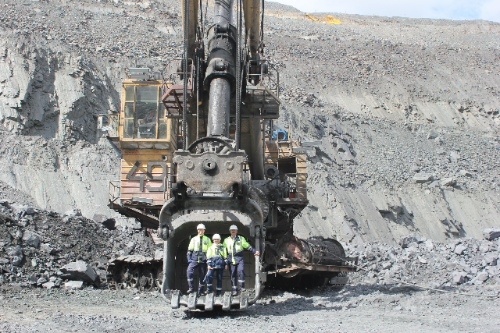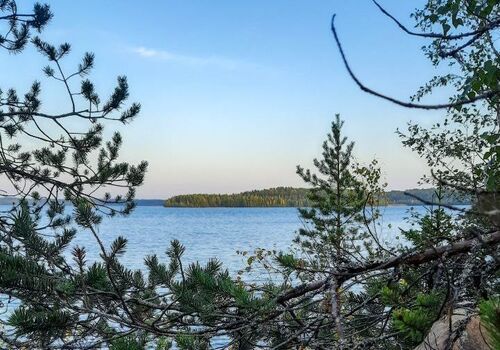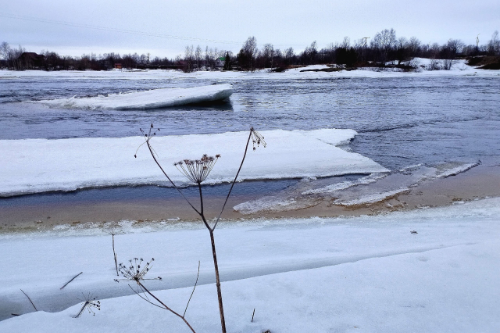– Assessment of the environments for the formation and subsequent metamorphosis of ferruginous quartzite rocks is necessary both for interpreting the geodynamic processes involved in their evolution and for predicting ore quality, – says Natalya Nesterova, Candidate of Sciences, Researcher at the Precambrian Geology and Geodynamics Laboratory of the Institute of Geology KarRC RAS.
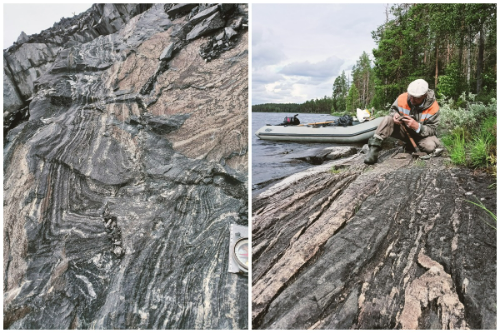
Banded iron formations; Doctor of Geology and Mineralogy Alexander Slabunov at work
In May and July, researchers from the Precambrian Geology and Geodynamics Laboratory of the Institute of Geology KarRC RAS led by Doctor of Geology and Mineralogy Alexander Slabunov went on an expedition to western Karelia, including the Kostomuksha area. The studies are carried out within a three-year project supported by the Russian Science Foundation. The main objective of this project is reconstruction of the geodynamic environments for the genesis of banded iron formations at different stratigraphic levels of the Kostomuksha belt.
During the first project year, researchers sampled a large number of ferruginous quartzite and associated rocks for geochronological, geochemical, and petrological studies. Large-scope analysis of samples from the field is forthcoming, but some achievements are visible already now. E.g., the first attempt was made to date the BIFs. Conglomerate outcrops were detected belonging to a new, previously unknown for the Kostomuksha Belt, type.
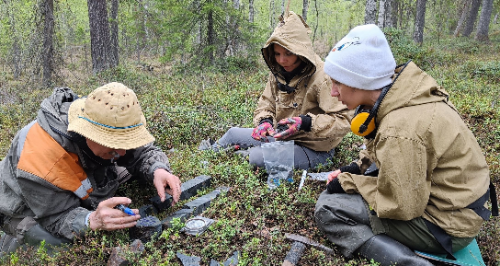
Alexander Slabunov, Natalya Nesterova, and Anna Kervinen making descriptions of BIF specimens
– Another important finding is outcrops of acid volcanics. They are geochemically different from previously known rocks and analogous to the acid volcanics detected as fragments in late-polymictic congromerates. This finding urges us to revisit and update the Kostomuksha belt’s evolution model, – Natalya Nesterova added.

Banded iron formations; taking samples with a diamond disc saw. In the photo: Oleg Maksimov and Anna Kervinen
The results of the field surveys and the new geochronological and geochemical data obtained through the analysis will generate a better understanding of the formation dynamics of the Kostomuksha Greenstone Belt.
Photos by Natalya Nesterova, Oleg Maksimov / Institute of Geology KarRC RAS




